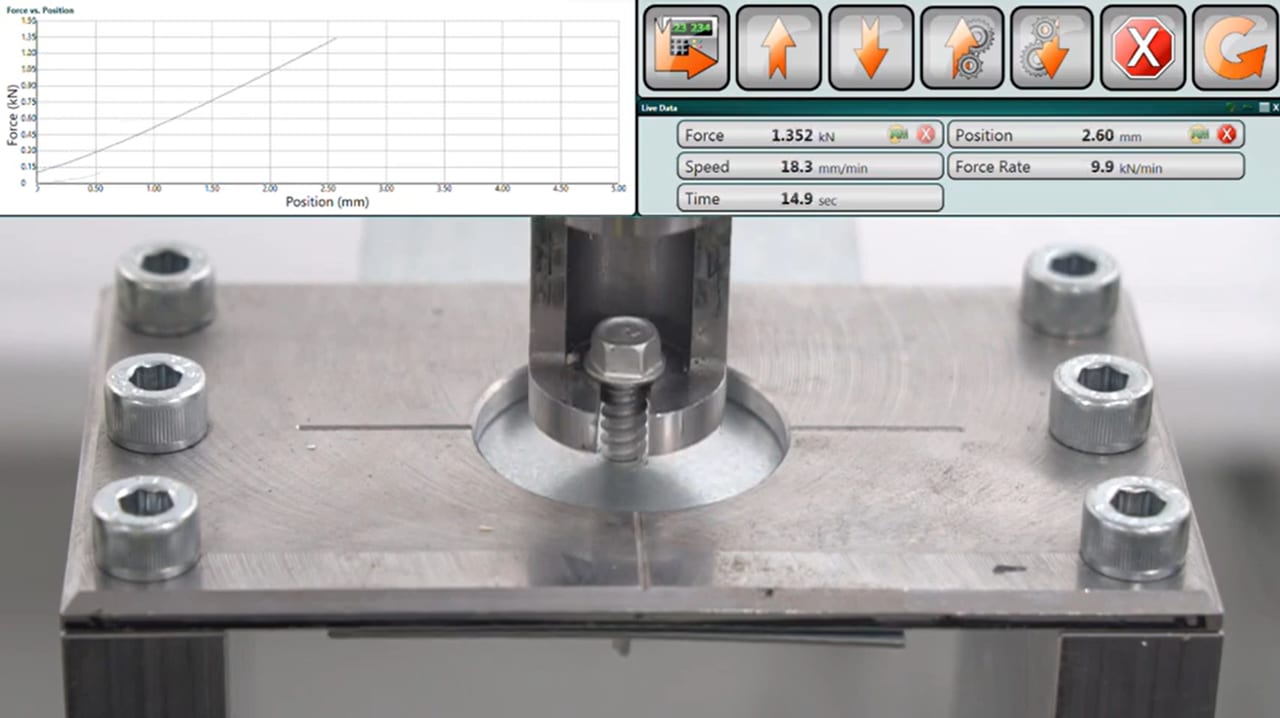
What is the difference between ultimate, characteristic and design loads?
- Read time: 3.5 minutes
- Date: 26 Jan 2023
- Flat Roofing
- Living Roof
- Rainscreen & Façades
- Sheeting & Cladding
Characteristic load is the verified strength of a component such as a fastener, or a fastener assembly. It is set by conducting tests that determine the ultimate load the component can withstand before it fails and takes into account the standard deviation of the test results. 95% of the test results must exceed this value.
In the case of fasteners, tests must be undertaken in accordance with British Standard BS 5427: 2016. This says that the characteristic strength value is statistically determined from the equation: Vch = Vm – (kv S) where:
Vch — Characteristic value
Vm — is the mean ultimate value from the number of tests
kv — is to be taken from the following table, where n is the number of test results
S — is the standard deviation of the population of test results


Design load is calculated by multiplying the characteristic load by a pre-determined reduction factor for the material the component is manufactured from. This reduction factor allows for discrepancies in the material, manufacturing process and workmanship. The design load will always be lower than the characteristic load giving it a built-in safety margin in case of an exceptional event.
Which load value should I use when specifying fasteners?
The strength of a component should always be greater than the loads applied to that component. When specifying fasteners, you should use at the design load not the characteristic value. This is because the characteristic load is the value at which the fastener will typically fail, whereas the design load includes a safety factor to ensure that the fastener will not be taken to the limit of its performance.





